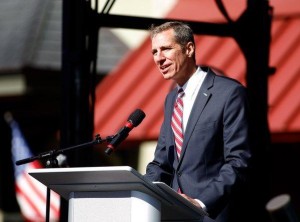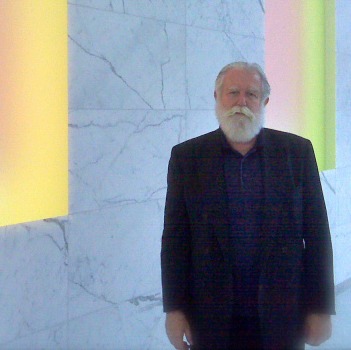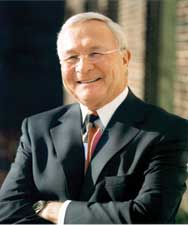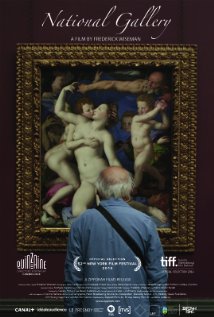Many museums schedule plenty of holiday events in December, but probably not for New Year’s Eve. So the message from the Currier Museum (pictures) in Manchester, NH, caught my eye. It was for something called “Noon Year’s Eve” on Dec. 31, from 11 a.m. to 3 p.m. I think that’s a grand idea–the association between museums and holidays is a good one, in my mind.
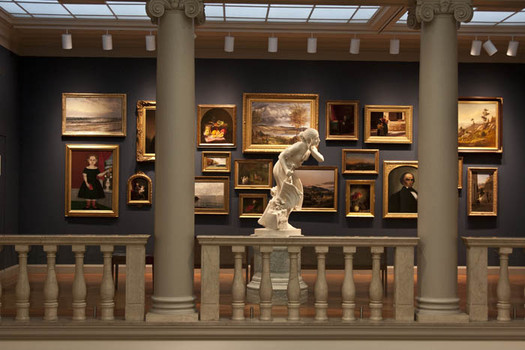 Here is the description of the Currier event:
Here is the description of the Currier event:
Northern New England’s biggest family-friendly New Year’s Eve event gets better every year. Ring in 2015 a few hours early at the Currier Museum of Art’s third annual Noon Year’s Eve party! Wrap up a day of celebrations with bubble-wrap fireworks and a huge balloon drop. Enjoy fun art-making activities, face painting and live entertainment. We’ll have a scavenger hunt around the galleries and you can take in the mind-bending blockbuster exhibition, M.C. Escher: Reality and Illusion. Enjoy all sorts of kid-friendly food, hot cocoa and more. Dress in your party best and celebrate the New Year at the Currier! Cheers!
A longer description is here. Tickets, which cost $19 in advance for adults and $22 at the door ($10 and $13, respectively for those 17 and younger), go on sale on Dec 1. The museum says it has drawn about 600 people in each of the two previous years.
Does your museum have a noteworthy New Year’s Eve event? Please leave a comment about it below if it does.
By the way, I still laud the Virginia Museum of Fine Arts for remaining open 365 days a year, including for Thanksgiving dinner, which started in 2010. At this writing, Thanksgiving dinner this year is sold out. But there’s room for the Christmas dinner as of today.

